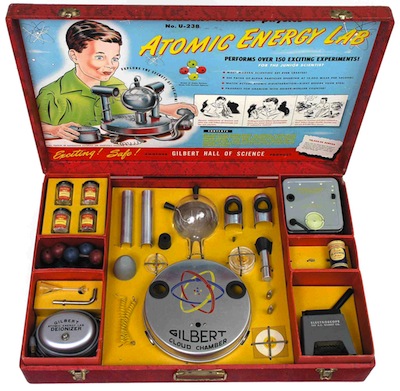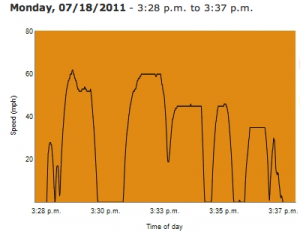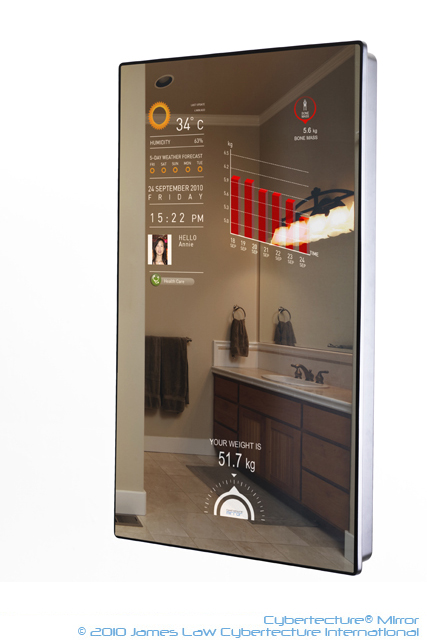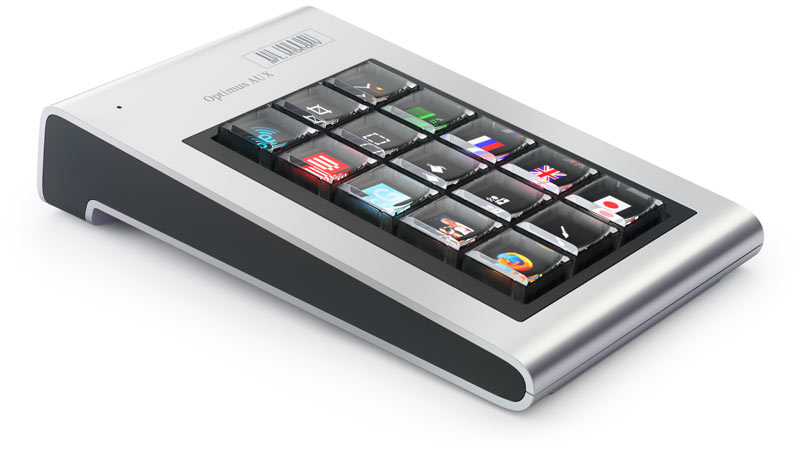I recently signed up for the financial website Mint to see how it compared to our existing financial organization (a fancy Google Spreadsheet). Though Mint came highly recommended, it doesn’t compare favorably.
Mint does a good job of aggregating account information in one place, so I can now see on a single screen our credit card charges, banking transactions, investments, mortgage balance, and home equity (using the current estimate for our property’s market value from Zillow). This gives an excellent picture of our net worth at a glance, which is fun to see.
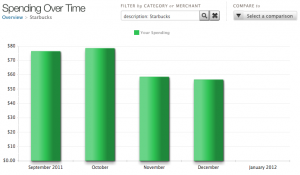
Mint's "Spending Over Time" Graph
The site then categorizes expenses and graphs your spending on coffee (for example) over time. This is imperfect but it’s easy enough to correct errors.
But the point of any financial tool isn’t to analyze past spending but to budget future spending. Mint’s offering there is fairly weak. The entire model is built around categories so you can budget your coffee consumption or groceries for the month.
That’s not a bad idea, but it overlooks several major aspects of how people spend money. I’ll outline five of them.
First, our real budget accounts for several fixed once-monthly expenses like Netflix. That’s clearly an “Entertainment” expense, but it’s not really an optional expense from month to month. Unless we cancel the service, Netflix will charge us exactly $7.99 at some point in January, which means we have $7.99 less to spend than our paychecks say. The same is true for phone service, cable television, and other monthly activities. In Mint, though, you can’t track particular bills; you can only track categories. It might report that you’ve got $30 left for entertainment, but does that include Netflix? Or do you really only have $22.01 left?
Second, we account for some variable once-monthly expenses like our electric bill. I don’t know the amount for January’s bill but I know we’ll get one. This means our budget may set aside $200 for electricity but when the bill arrives we pay only $100 then we instantly have an extra $100 to spend on something else. In Mint, if your utilities budget is $200 and you’ve spent only half of it, the other half is still ready to go. There is no concept of being “done” with an expense.
Third, Mint does allow some control for unusual or one-time expenses in that you can set a budget for a certain category in only one month, but the reasoning is opaque. In my spreadsheet I may add a line for “Dentist Appointment” but in Mint I must instead increase the budget in my “Health & Fitness” category by that amount. If the appointment moves I have to decrease this month’s amount and increase next month’s.
Finally, Mint’s budgets are generally confined to a single month; there’s no clear picture of the annual budget. We pay our car insurance premium in full in January and July, which means we overspend dramatically those months. January’s budget alone makes us appear to be living well beyond our means. But a complete annual budget shows that we more than make up the difference in the other ten months and in fact save nearly $200 on our premium in the end.
The area where Mint works well is for ongoing expenses like groceries and entertainment. As long as your spending categories align with your budget categories, the budgeting tool works well. What you can’t do is budget entertainment and clothing as a lump sum while still tracking spending in each category separately.
I update our budget spreadsheet every day with our most recent expenses. The task is the worst part of a spreadsheet budget and it’s what Mint does best. For Mint to be useful as a financial tool, the budgeting needs to improve.
I’d like to see a focus on (and organization around) expenses: the kind you know in advance and the kind you don’t. Categories are great for analysis, but they shouldn’t be so critical in budgeting future spending. And there needs to be a better “big picture” view of an entire year (or more).
Mint is already immensely powerful and it’s completely free. As several people have pointed out to me, for someone who doesn’t already have a household budget, Mint would be an excellent place to start. And maybe after a while you too can setup a Google Spreadsheet!

